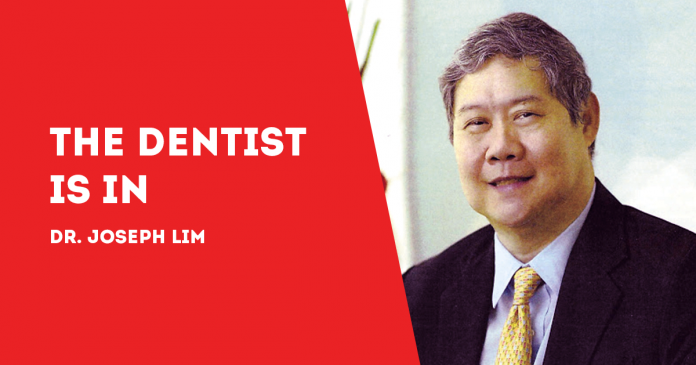
IT’S INTERESTING to know that not only Filipinos do it. Americans do it too.
Over six in 10 Americans or 64 percent of those surveyed use their feet to flush in public toilets, time.com reports, adding that the same number use paper towels to open bathroom doors.
That’s how Americans fear the bacteria that lurk in toilets and bathrooms. They flush toilets with their feet, according to the 2013 survey.
As it turns out, the toilet is not the dirtiest place in the bathroom.
In 2011 NSF International tested 30 surfaces in 22 homes for the presence of bacteria, yeast and mold; six of the surfaces were in the bathroom.
(Based in Ann Arbor, Michigan, NSF International’s engineers, microbiologists, toxicologists, chemists and public health experts provide testing, certification and technical services in 180 countries.)
The NSF found that 27 percent of toilet seats contained mold and yeast. However, 64 percent of toothbrush holders also did, of which 27 percent had coliform (an indicator of potential fecal contamination) and 14 percent had Staphylococcus, a group of bacteria that causes diseases.
Only the kitchen sink and the dish sponge is more dirty than the toothbrush holder, the survey showed.
Toothbrush holders are followed by faucet handles as the most favorite hiding places of germs.
“The toothbrush holder often has many of the factors germs need,” Lisa Yakas, a microbiologist at NSF International, is quoted by time.com. “It is dark, damp and not cleaned as frequently as it should be.”
A 2014 study published in the journal Applied and Environmental Microbiology shows that Staphylococcus, human papillomavirus, herpesvirus and E. Coli can be found in toilet seats, soap dispensers and the floor around public bathrooms.
A dark, moist environment, like a toothbrush holder, can support much more microbial growth, says Sean Gibbons, an Assistant Professor at the Institute for Systems Biology, a nonprofit research institution in Seattle who led the study.
According to the NSF survey, there are more germs in the container that is holding your toothbrush that, in turn, you put in your mouth.
Think about it. Once you’re done with brushing your teeth, many liquid and debris cling to the toothbrush bristles – such as saliva, even blood from you gums, bits and pieces of food, and what have you put in your mouth that the brush has come into contact with.
Don’t be alarmed. While it may be one of the dirtiest places in the household, the toothbrush holder is relatively easy to clean. Such a small receptacle should not take rocket science to get rid of the germs.
Indeed, 10 minutes of soaking the receptacle in water with soap should do the trick. Then wash with soap as you would the table plate. Rinse, and that should be it.
Or you can soak it in a 1:10 water:bleach solution for 30 minutes. Or in plain vinegar for half an hour.
If you want to be particular about it, put the toothbrush holder in boiling water just enough not to melt it. Perhaps 30 seconds, every so often as you think necessary – or as you see if it is clean or not.
What’s important is to wash your hands. The U.S. Centers for Disease Control and Prevention says that fecal bacteria can spread when, after using the toilet, you don’t wash your hands.
***
Dr. Joseph D. Lim is the former Associate Dean of the UE College of Dentistry, former Dean of the College of Dentistry, National University, past president and honorary fellow of the Asian Oral Implant Academy, and honorary fellow of the Japan College of Oral Implantologists. Honorary Life Member of Thai Association of Dental Implantology. For questions on dental health, e-mail jdlim2008@gmail.com or text 0917-8591515./PN

